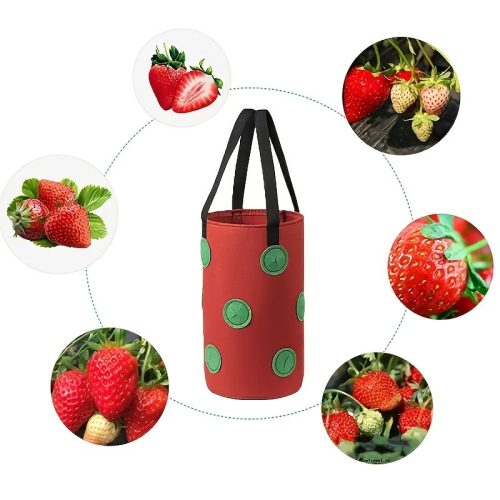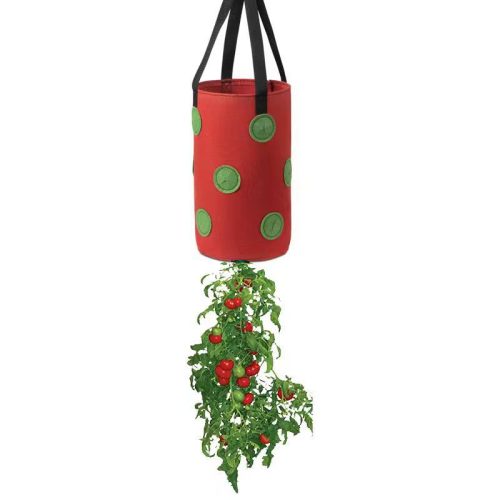Choosing the right material for your grow bags is an essential step in ensuring the health and success of your plants. Here are some factors to consider when choosing the right material for your grow bags:
- Breathability: Choose a material that is breathable and allows for proper air circulation. This is crucial for preventing root rot and ensuring healthy plant growth.
- Drainage: The material should allow for adequate drainage to prevent waterlogging and root rot. Ensure that the material has drainage holes or is made of a porous material that allows for water to drain freely.
- Durability: The material should be strong enough to withstand the weight of the soil and the plant. Look for materials that are tear-resistant and can withstand harsh weather conditions.
- Eco-friendliness: Choose a material that is eco-friendly and can be reused or recycled. Some materials, such as burlap and felt, are biodegradable and can be composted at the end of their useful life.
- Size: Choose a material that is the right size for your plants. Smaller plants, such as herbs and strawberries, can be grown in smaller grow bags, while larger plants, such as tomatoes and peppers, require larger grow bags.
Some common materials used for grow bags include fabric, felt, burlap, plastic, and paper. Fabric grow bags are a popular choice for their breathability and durability, while felt and burlap are eco-friendly options. Plastic grow bags are affordable and durable, but they are not breathable and can lead to waterlogging if not properly drained. Paper grow bags are biodegradable and eco-friendly, but they may not be as durable as other materials.


